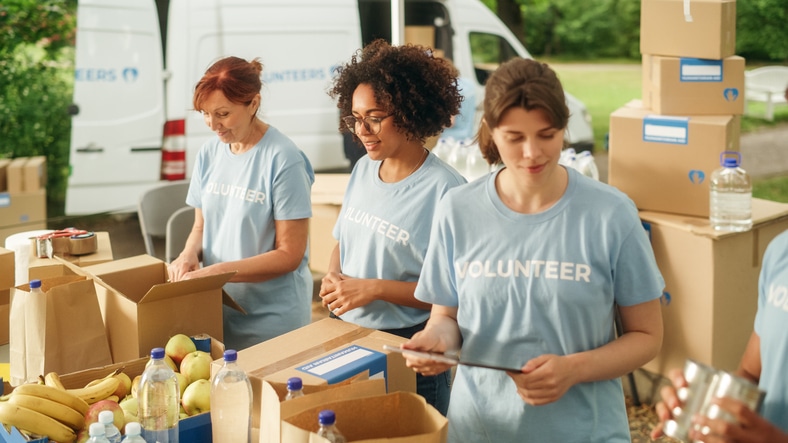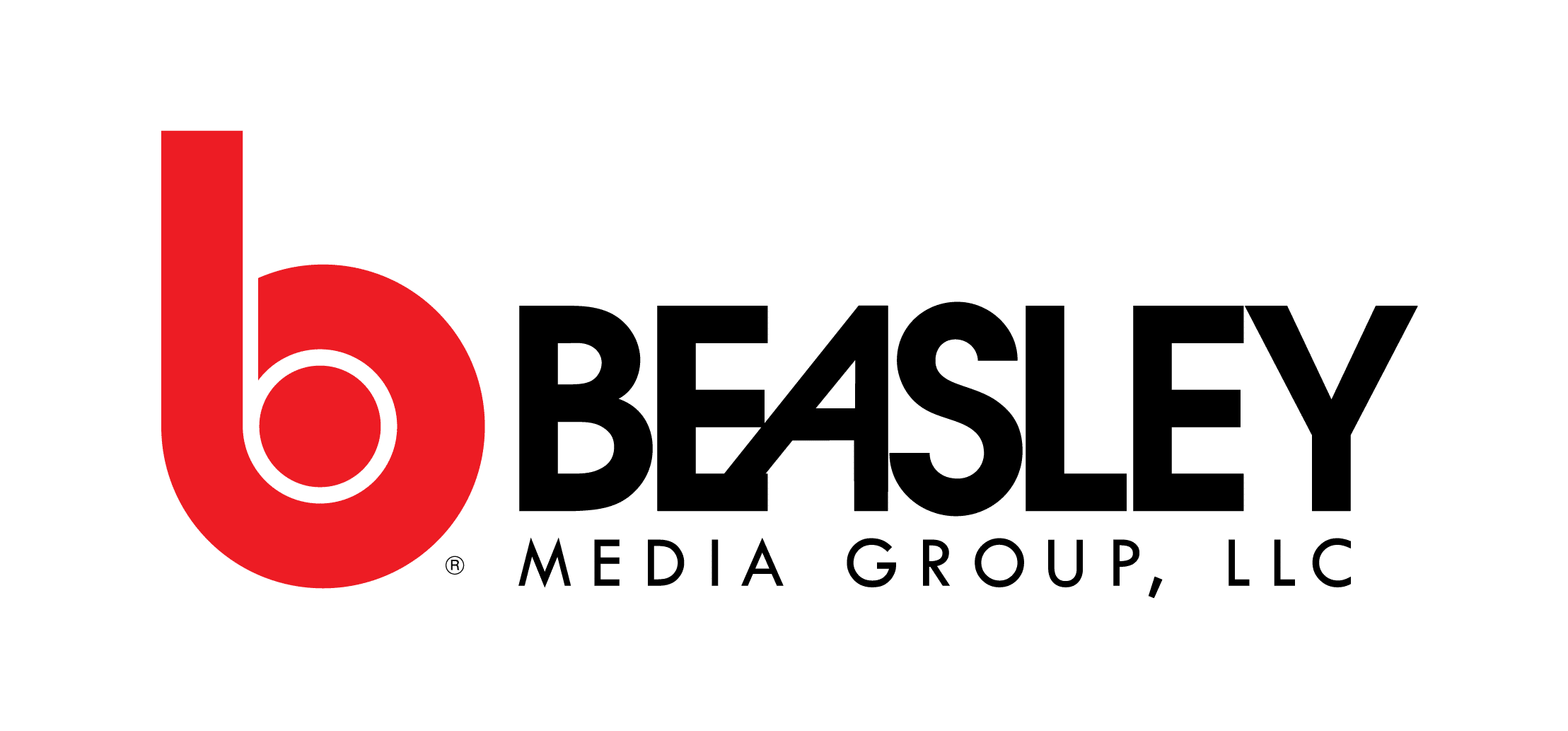This year many of our food banks and community pantries are facing more demand than ever before. As we shop for our own celebrations, consider buying extra to help restock shelves to help families who aren’t as fortunate. Here are some tips to make the most of your donations!
We all know that shelf-stable proteins and canned goods are the easiest – and most desirable – donations you can make to a food drive. Everyone likes peanut butter or tuna, and rice or pasta can stretch a can of soup into a real meal. Every food pantry’s wish list includes canned meats, fruits and vegetables, as well as oatmeal, soups and whole grain pasta, because they’re in high demand and have a high nutritional value.
But think about your own meal planning. Perhaps you’re going to jazz up a simple jar of spaghetti sauce and serve it with dried pasta. Maybe it’s a special occasion and you’re going to treat your kids to boxed brownies for dessert. What do you put in your pan before cooking down your onion? What do you add to the cooked pasta to keep it from sticking? And does the brownie mix require anything beyond a half cup of water?
Cooking oil
Cooking oil, vegetable shortening, salt, pepper, even cinnamon, food starch or tabasco sauce are kitchen staples, yet they are rarely found in food pantry donation boxes. They’re not luxuries, but try making the simplest boxed meal without them!
If you’re donating boxes of cake or baking mix, why not go the extra step and check the label for any additional required ingredients? Include shortening sticks or oil, and powdered or canned milk. Contributing cans of tuna? Add mayonnaise or dressing, or even jars of relish. Canned spaghetti or jarred tomato sauces really call for canisters of shelf-stable grated cheese.
Helping out a local center? Community or shelter kitchens relying on donations often have to purchase these basic supplies for their bulk meal preparations. Institution-sized boxes of these cooking and baking staples would help them allocate their limited funds towards more food to prepare!
Cleaning products
Finally, if you’re willing to hit another aisle after the pasta or canned goods, consider what you do after every meal. Clean up! Dishwashing soaps and cleansers are among the first things families cut from a tight budget and they’re not available at all to anyone shopping with a SNAP benefits card. Volunteer cooks at community centers and emergency shelter staff often have to supply their own cleaning supplies to keep food prep areas safe and the dishes clean. If your budget allows, consider including liquid soap and reusable cloths in your donation.
When in doubt, or trying to do the most with a limited budget, go for the top ten. Canned vegetables, fruit and proteins as well as dried pastas and oatmeal are the big requests for a reason, they are desperately needed and they provide the greatest nutrition. But, if you can go the extra mile, check your own shopping list, then push that cart an extra aisle or two for your donation.
Want to learn more about ending hunger in your community? Feeding America partners with 200 food banks and 60,000 meal programs across the United States and Puerto Rico, they offer information about hunger and ways to help in your neighborhood, including virtual and on-site food drives!


